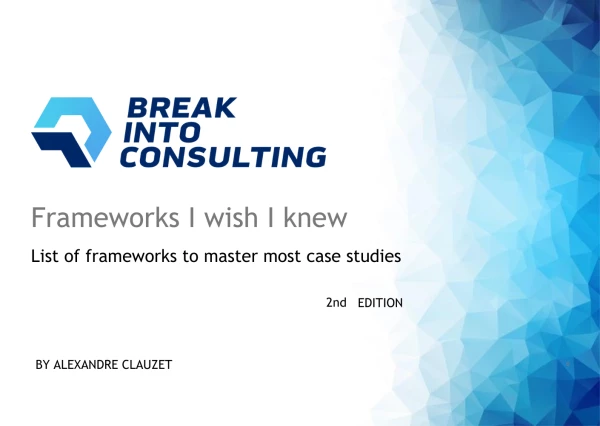Hi everyone,
When it comes to brainstorming ideas for increasing market share, I can think of: decreasing price to increase sales volume, adding new distribution channels, increasing production, acquiring new competitors, marketing campaigns, targeting new customer segment, etc.
However, I'm having a hard time finding a MECE way to structure these ideas.
I'm curious to hear what you think are the best ways to come up with MECE ways to grow market share.
Thanks in advance for sharing your ideas!























